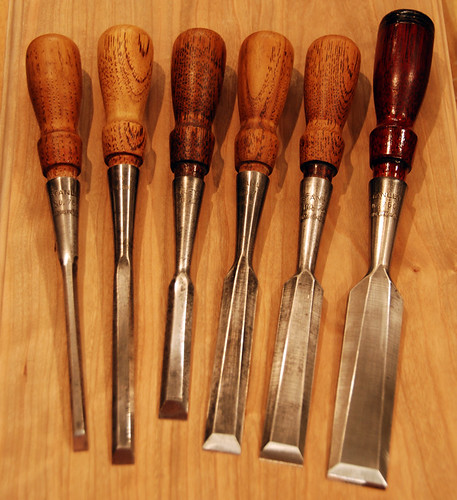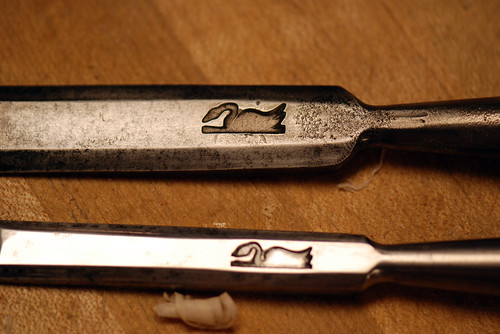I recently purchased a new mint condition 1" Stanley 750 bench chisel on ebay. I have lapped the back to a mirror and worked the bevel to a nice edge. All of this after many (too many) hours of correcting a very uneven back and an edge that was at least 1/16" out of square out of the box. My plan was to build up a set of the 750's but I am second guessing this idea if each chisel is going to be such a pain in the _ _ _ to hone. Does anyone have good info on whether this is normal or out of the ordinary for a new or near new Stanley 750 chisel?




 Reply With Quote
Reply With Quote






